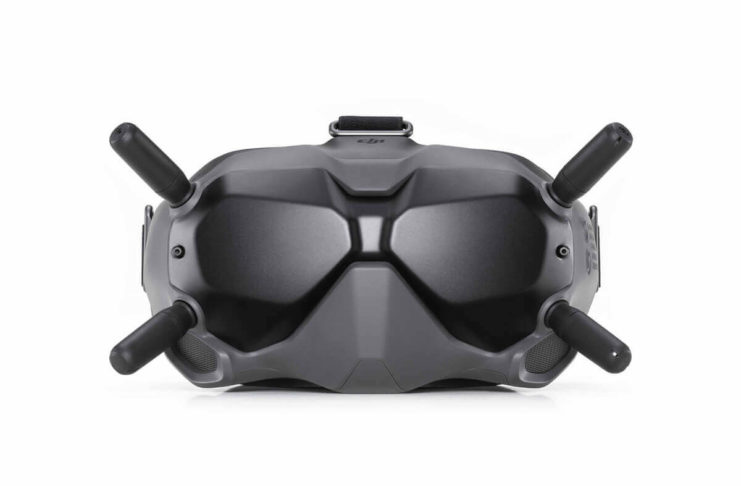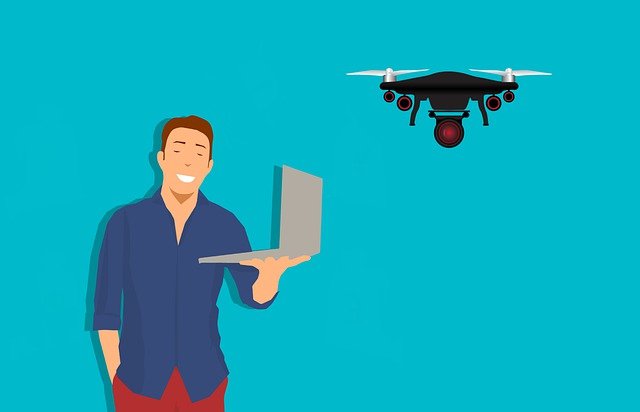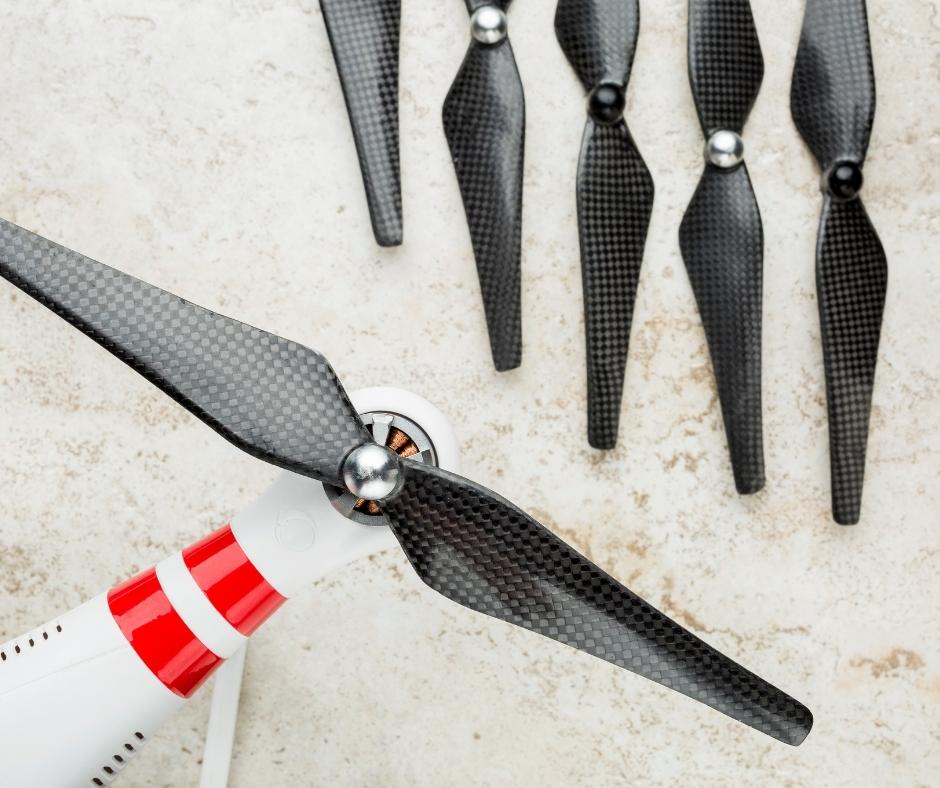
For LAANC to work, you will need an FAA-issued automated authorization. Visit the Operations page to see each grid's approval status. To cancel your request click the Cancel hyperlink next to notice of approval. Note: If you do not cancel your entire request, you must submit another request for LAANC. However, this process may take some time, so it is better to complete it right away.
Airspace classification
When flying into an airport, determining the type of airspace classification is an important step before taking off. LAANC applies only to flights that are less than 400 feet during daylight hours. If you need additional permissions/waivers, please contact the LAANC office. Some airports will require you to apply manually, which can sometimes take weeks. Plan ahead to avoid having to go through this lengthy process. Airspace classification is not the only consideration for determining the type of airspace classification, though.
The Class D airspace is defined by a thin, blue border, which often forms a circle around airports. The governing agency will indicate the ceiling value within that circle. This is a number enclosed with a similar dashed lines. This number is the height limit for airspace, in feet. The surface is the lower limit. The MINUS ceiling value means that you can fly in the airspace above or below this level but not higher than that.

Altitude restrictions
Low Altitude Authorization and Notification Capability is a system to apply for FAA authorization to operate within controlled airspace. UAS Facility Maps or, more commonly, UASFMs play a critical role in the LAANC process. The maps allow airlines to determine safe operating altitudes. In the United States, more than half of downtown areas were off-limits for commercial UAV flights.
The FAA maintains maps showing maximum altitudes near airports. These maps can be used as a starting point when requesting authorization for part 107 airspace. Although these maps don't authorize operations in the areas depicted, they should be used to help guide your request for authorization. Operators must still apply to be authorized before they can fly in controlled airspace, despite the usefulness of these maps. They must file a Part 107 Airspace Authorization Application or a Waiver Application in FAA DroneZone.
Apps required to be authorized to operate sUAS
You must follow certain FAA privacy and safety requirements in order to obtain authorization to operate sUAS. The Federal Aviation Administration (FAA), created the B4UFLY app for UAS operators to assist them in learning the regulations required for flying and obtaining flight authorization. KittyHawk is an app that allows UAS operators record flight data and track certifications. AirMap provides UAS pilots with real-time traffic alerts and information from manned aircraft nearby.

Fast six years have passed since the FAA began developing regulations for sUAS. These rules are codified under Part 107 of Code of Federal Regulations. The regulations are a milestone for the technology's industry, considering that only about 20,000 sUAS are commercially operating right now. The FAA has also released voluntary drone privacy best practices to ensure the safety of these devices. But this is not all good news. There's still a lot to do before sUAS becomes widely accepted.
FAQ
What law applies to drones that fly over private property?
Recently, the FAA issued new rules regarding commercial drone flight. These rules apply to UAVs with a weight less than 55lbs and that fly at a height of below 400 feet from the ground. Commercial operators must register with FAA to receive a license. Local authorities must also approve them if they are operating near airports or in other restricted areas.
Are drones allowed at public events?
You can fly your drone anywhere you like, provided you adhere to the rules. The event organizers will require approval if you plan on flying your drone during a public event like a parade, festival, concert or other similar event.
Which drone is the best?
The DJI Phantom 2 Vision+ is one of the popular beginner drones available today. The DJI Phantom 2 Vision+ comes with a 4K camera that allows you to capture high-quality aerial shots and videos. This drone can be navigated using the built-in GPS.
Do I need any special training to fly drones?
You don't require any special training to fly your drone. A remote control unit is all you need. You also need to have some basic knowledge of flight mechanics.
Is Drone Use Banned in Your Country?
The FAA has prohibited drones from flying close to airports or stadiums, sporting events and nuclear power plants. They allow them to fly at nights using GPS technology.
What laws are there regarding drones flying?
The Federal Aviation Administration (FAA), which regulates all aspects drone operations in the United States of America, is responsible for them. The FAA must issue a certificate before you can commercially operate a drone. You must then complete a course on piloting skills and pass an examination. You will then need to pay an agency fee.
What are the rules for operating drones?
Register your drone with the FAA. The registration process requires you to provide information about your device, such as its weight, dimensions, battery capacity, operating frequency, and battery life. A FAA identification number is also required.
Statistics
- With the top 10% making over $100/h and the bottom 10% making as low as $10/h. (dronesgator.com)
- According to ZipRecruiter, the minimum hourly wage of drone pilots is $20. (thedroneu.com)
- According to the multiple listing service (MLS), houses and apartments with drone photographs are up to 68 percent more likely to sell than those without pictures. (thedroneu.com)
External Links
How To
How to Fly Drones With Beginners
A drone is a remote-controlled aircraft used for aerial photography, cinematography, surveillance, scientific research, and hobby purposes. Drone technology has existed since World War II. DJI's Phantom quadcopters became commercially available in 2010. From beginner-friendly drones such as Parrot AR Drone 2.0 through professional-grade multirotor craft like DJI Mavic Pro, many types have been available.
There are many options for flying a drone.
-
Remote control - This method uses a control device attached to your hand, which enables you to steer the drone through its flight path. There are two types of controllers available: joysticks and on/off switches.
-
Manual Control – This method lets users remotely control the drone by using a smartphone app. The app will give you instructions.
-
Autonomous flight - The drone takes over the piloting duties. It allows the drone to fly independently without any human intervention. The drone must be equipped with a camera and sensors that can capture images and data in order to fly autonomously.
-
Triggered Flying - This method works in the same way as manual control. However, the pilot has to manually set up a route for the drone and it follows that route until reaching the endpoint. After the program is complete, the drone automatically returns to the ground.
-
Landing Gear – Some drones are equipped with landing gear, which allows them to safely land if they lose power during flight.
-
Goggles - Some pilots wear goggles to protect themselves from debris while operating.
-
Camera – Some drones have cameras, which allow you to take photos or videos from up high.
-
Obstacles-Some drones come with obstacle avoidance devices that keep them from hitting obstructions.
-
Speed - Drones can reach speeds up to 40 mph.
-
Battery Life: Most drones have a battery life of between 20 and 30 minutes depending on how many power sources you use.
-
Range - Some drones can travel upto 30 miles depending on their models.
-
Power source - Not all drones can use an external power source. Others can run on internal batteries.
-
Weight - Some drones have a weight of less than 1 pound and others weigh 4 lbs.
-
Size - From small drones that can be carried in the palm of one's hand to larger drones that weigh over 50 pounds, drones come in a variety of sizes.
-
Price - From high-end models that cost thousands of dollars to low-cost options that start at $100, all drones fall under a certain price category.